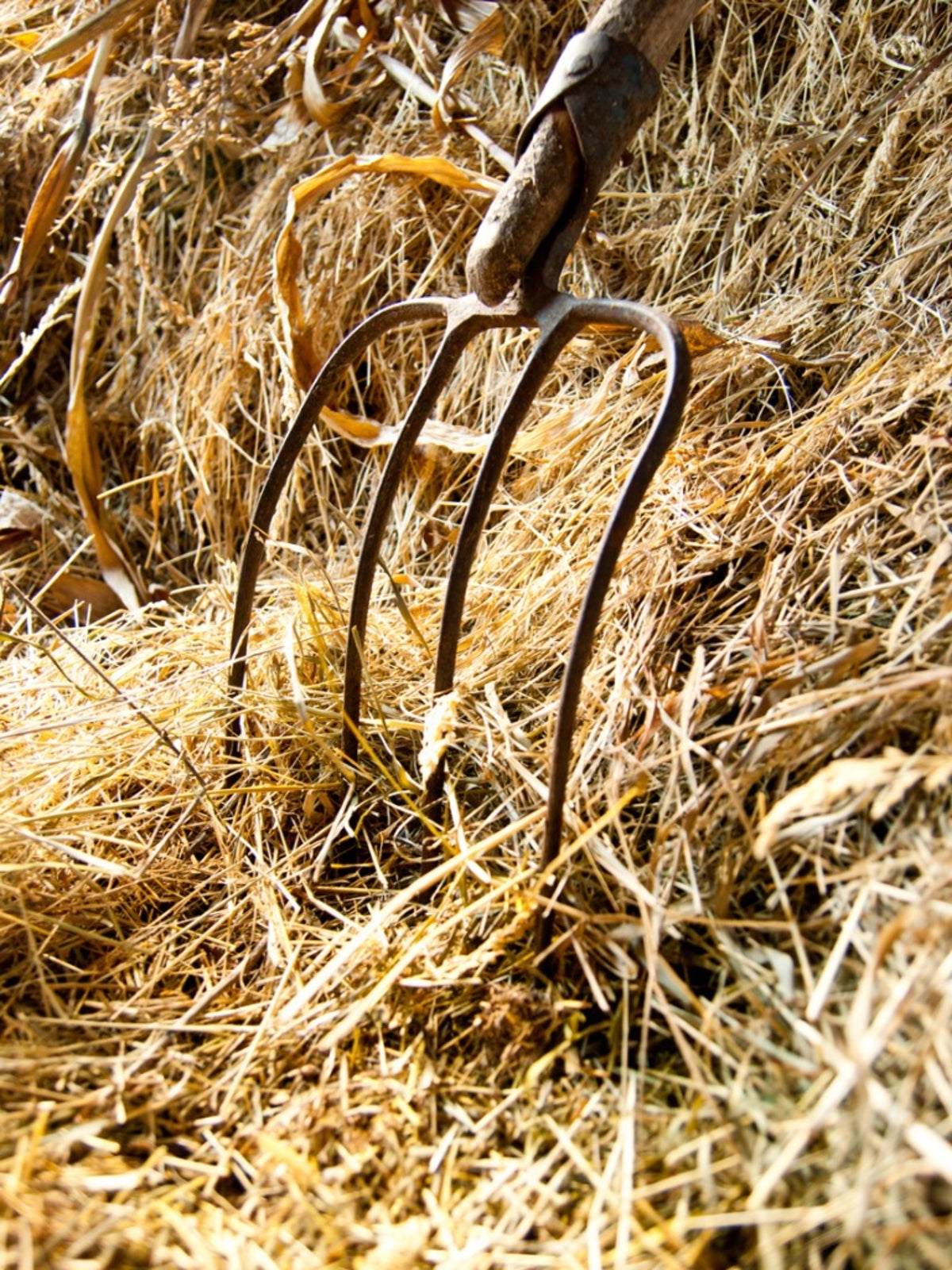Can You Compost Straw - Is It Safe To Put Straw In Compost


Compost is one of those free gardening items that you can make yourself. All you have to do is follow a few rules regarding what to put in your compost, as well as temperature and moisture levels. Kitchen scraps are always a winner, but you may wonder, "can I compost straw?" Using straw in compost is a great way to increase carbon and keep a balanced compost pile.
Using up organic odds and ends in a compost pile will result in some lovely, rich medium. It is a great way to reduce waste and return nutrients back to your soil. Can you compost straw? It is the basis of mushroom compost and will also turn your mixture into a nicely textured soil.
Can I Compost Straw?
Most of us are aware of the basics of compost making, but can you compost straw? You need a nice balance of nitrogen and carbon for a sweet smelling, dark, loosely textured finished product. Nitrogen comes from vegetative items such as lettuce, beans, and kale. It also comes from fruits like tomatoes or peaches. You can add to compost with toilet paper rolls, Q-tips, newspaper, and other dry items. Straw is also in this "brown" category. It will release carbon for a healthy compost situation. Making compost from straw alone is not recommended, as it will not break down quickly enough without nitrogen and can result in a moldy mess.
Tips on Compost and Straw
If you have pets, you may have soiled straw from the animal's bedding. It is okay to use this if the animal is an herbivore. The waste on the straw will break down in a well maintained compost pile. But compost and straw together should be avoided if the animal eats meat products. These can contain pathogens that the heat of the compost may not be able to break down. Once you have finished compost, let it cure for a couple of months before using it, as compost with a high degree of manure is often too hot for plants.
Managing Straw in Compost
A good rule of thumb for compost composition is 3 parts carbon to 1 part nitrogen. That can come in the form of straw, paper, sawdust, and dried leaves. It is best to keep all pieces small for quicker break down. When using straw, mix it in well so it doesn't blow around. Make sure you turn the pile frequently and add moisture if it is running dry. Put your compost in a sunny location so it keeps nice and warm. Adding a layer of garden soil can speed up the process by introducing beneficial organisms. In a few months, with good management, your straw and other components will become dark, delicious compost.
Gardening tips, videos, info and more delivered right to your inbox!
Sign up for the Gardening Know How newsletter today and receive a free copy of our e-book "How to Grow Delicious Tomatoes".

Bonnie Grant is a professional landscaper with a Certification in Urban Gardening. She has been gardening and writing for 15 years. A former professional chef, she has a passion for edible landscaping.
-
 Moody Blooms For Spring: 8 Types Of Black Flowers To Add Drama To Spring Displays
Moody Blooms For Spring: 8 Types Of Black Flowers To Add Drama To Spring DisplaysFrom midnight burgundies to inky violets, several types of black flowers can enrich and embolden a spring display. Try these brooding bloomers for a moody garden
By Tonya Barnett
-
 My Homemade Orchid Fertilizer Always Brings More Blooms – Here's The Easy Recipe That Transforms Plants
My Homemade Orchid Fertilizer Always Brings More Blooms – Here's The Easy Recipe That Transforms PlantsScientist-turned-gardener Mary Ellen Ellis shares her tried-and-tested DIY orchid fertilizer recipe, plus more ingredients to try for healthy, happy plants.
By Mary Ellen Ellis